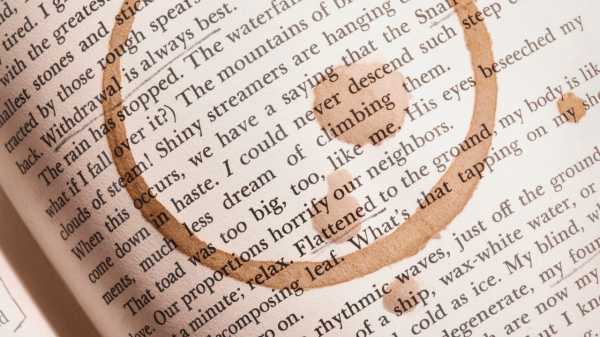
The staff of The New Yorker read hundreds of new books this year, plucking out the most worthwhile and compiling The Best Books of 2022 So Far. (Stay tuned—we’ll keep updating the list through the end of December.) The magazine’s writers also revisited works they had read before. The reasons varied: the selection might have been connected to an upcoming article, or inspiration for a family wedding—or, possibly, the book happened to be sitting near the writer’s desk. Whatever the draw, these works of fiction, nonfiction, and poetry became relevant once again in 2022, simultaneously fresh and familiar during a tumultuous year.
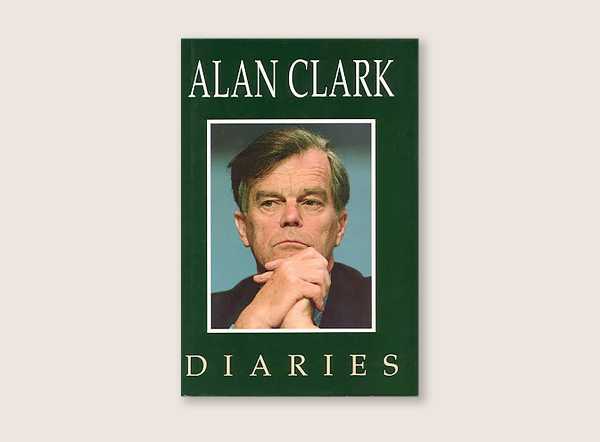
The former Prime Minister Boris Johnson is, reportedly, speed-writing a memoir of his time in Downing Street, having decided not to take another run at the Tory leadership at least until he’s maximized the earning potential of his previous, chaotic tenure at the head of the British government. As he decides which of his former colleagues to throw under the bus—Johnson famously loves buses—and which of his own manifold failures of character to cop to, Johnson will no doubt have in mind the gold standard of parliamentary memoirs: the “Diaries” of Alan Clark, a minister in Margaret Thatcher’s government. Throughout this tumultuous year in British politics, I’ve been dipping into Clark’s “Diaries,” the first volume of which was published in 1993, just three years after Thatcher’s downfall. He describes that event in moment-by-moment detail that could be cut and pasted into an account of more recent events: “The Party is virtually out of control. Mutinous. People are not turning up for divisions. Dissidents get bolder and bolder with their little off-the-cuff TV slotettes.” Clark’s book is valuable not just for its chronicling of political machinations but also for its self-scrutiny: “Trouble is I just adore the House of Commons,” he writes. “I am seduced by its gossipy, club-like regimental atmosphere and love also the delicious karate-type confidence that being an MP gives me.” I am not sure I’ll be able to bring myself to read Johnson’s eventual memoir; I certainly won’t be contributing to his royalties by paying for it. But if his book is to have any enduring value, it will be because Johnson, like Clark before him, acknowledges—or perhaps merely betrays—the degree to which his political career has been driven not by lofty aspiration to public service but by the lower, irresistible urges of vanity. —Rebecca Mead

I was not smart enough for “Glyph” on my first go-around. It was some years ago, in grad school, and I, like any graduate student, possessed a bright-eyed enthusiasm for the seeming revelatory purpose of criticism and theory. “Erasure,” the usual entry into Percival Everett (the author of over thirty books, more than twenty of them novels), loomed large for me—a classmate pointed out, however, that perhaps this other novel, his tenth, about an infant who has language but refuses speech, might also help answer whatever questions I had then. I took the suggestion and bought the book and read it and laughed and laughed and finished and set it aside.
“Glyph” is about—to the extent that Everett’s work entertains that preposition—Ralph, a baby with an I.Q. in the upper 400s or so who can read and write and narrate (with a borderline-insufferable wit) and is kidnapped when his genius becomes conspicuous. I returned to “Glyph” late last year and midway through this year to help me think about, this time, the opposite of revelation—knowledge as a sort of letdown, when the smart stuff of social science and cultural theory becomes a bore. Little Ralph is Black, by the way, and this information is conferred exactly like so, a quarter way into the novel. “Have you to this point assumed I am white?” Ralph asks. “It is not important unless you want it to be.” The F.Y.I. reads like a dare, a barbed invitation to sensationalize race—as is our wont—despite its unspectacular appearance, related as an afterthought. Race is not unimportant, but it is not very interesting, either, and is certainly of small use to baby Ralph. The greater drama in the novel is the hilarity of a caper, which is itself sliced and sorted into a schematic of Everett’s design. Make no mistake, I am still not smart enough for Everett, yet I am wise enough to set aside that psychodrama in favor of the pleasures of reading. —Lauren Michele Jackson
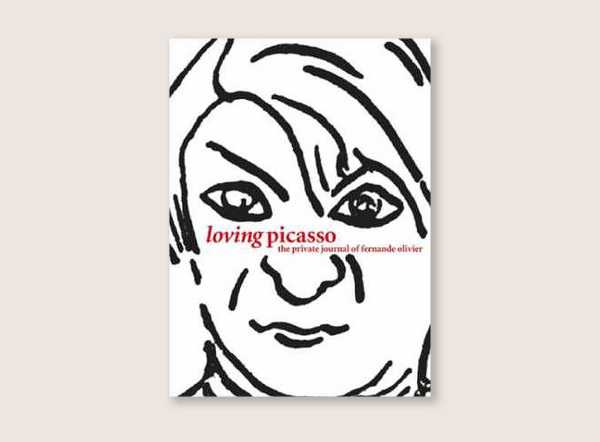
Next April will mark fifty years since Pablo Picasso died, and that anniversary has given me occasion to revisit “Loving Picasso,” a wonderful compilation of the journals, memoirs, and letters of Fernande Olivier, Picasso’s first great love, which I last read while writing about Françoise Gilot. They met in the summer of 1904, when Olivier was twenty-three and Picasso a few months younger. Both were living at the Bateau-Lavoir, an artist-filled slum of a building in Montmartre that has acquired a mythic aura through its association with Picasso, and fair enough; when Fernande first visits his studio, she finds the “astonishing” canvases of the Blue Period, then in full swing. (She also finds Picasso’s pet, a tame white mouse, “which lives in the drawer of the table, and which he cares for lovingly.”) But while Olivier’s writing is essential for understanding the young Picasso’s work and character—practically at first sight, she diagnoses him with the “mixture of toughness and softness, balance and imbalance, will and weakness” that would apply to him all his life—it is also remarkable as a self-portrait of a guileless young woman who, through a curious combination of instinct, courage, passivity, and chance, freed herself from domestic misery and launched herself into the heart of Parisian bohemia’s golden age. Born out of wedlock, Olivier, like Jane Eyre, was raised by a mean aunt who favored her own daughter; at eighteen, she embarked on a disastrous marriage to a man who beat and raped her, finally fleeing to Paris, where she immediately took up with a sculptor and launched herself as one of the most celebrated artist’s models of her day. It has been the fate of Picasso’s many muses to be known primarily through his eyes. How good to return to this account and accompany Fernande as she brings herself to life on the page. —Alexandra Schwartz
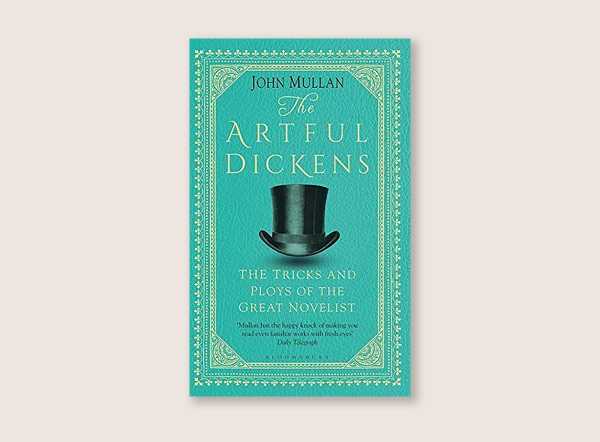
For a long time, I kept the opening paragraph of the first chapter of Dickens’s “Bleak House” typed out above my desk. “London. Michaelmas term lately over, and the Lord Chancellor sitting in Lincoln’s Inn Hall," the first lines read. “Implacable November weather. As much mud in the streets as if the waters had but newly retired from the face of the earth, and it would not be wonderful to meet a Megalosaurus, forty feet long or so, waddling like an elephantine lizard up Holborn Hill.” I found it thrilling—the dateline phrases; the cinematic flair; the sure, swift, conjuring of a dinosaur in Victorian London; the bemused estimate of its hypothetical length, with that reasonable “or so” tacked on. What a lede!
John Mullan’s “The Artful Dickens: The Tricks and Ploys of the Great Novelist” is a book I bought when it came out in 2021, and began dipping into repeatedly over the last year. It helped me understand what Mullan calls the “qualities of formal ingenuity” for which Dickens is not always appreciated. But it also offers a master class in the techniques of descriptive writing, especially at the level of the sentence. Mullan, a British academic and journalist, devotes his opening chapter, “Fantasising,” to Dickens’s frequent, singular use of the phrase “as if.” “No respectably literary novelist,” he writes, “would ever have imagined” that outlandish dinosaur in the lines from “Bleak House.” “The Dickensian as if is the phrase, more than any other, that unlocks the novelist’s fantastic vision of the sheer strangeness of reality.” Journalists, too, are often called upon to find the strange in the ordinary. To do so with an ounce of Dickens’s verve would be so wonderful—in the nineteenth-century sense of the term and in ours. —Margaret Talbot
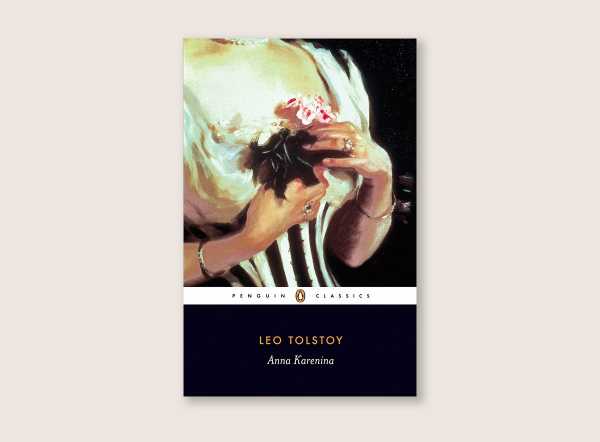
Lately, a lot of people I know around my age—I’m in my thirties—have been returning to the classics that they read too callowly, too sloppily, or too studiously in school. Probably this has something to do with the pandemic. (Everything has something to do with the pandemic.) It might rise from the endless, exhausting, soul-sucking, democracy-abrading flow of junky media that, we all know, is eroding attention spans and shortening our lives. But it’s also because much of what remains is really good. For me, this year, the revelation hiding in plain sight was Tolstoy. Over the summer, in an idle moment, I picked up an old paperback of “Anna Karenina” (a novel that, I confess, I have little memory of encountering the first time) and was stunned from the first page. I felt as if a novel I’d been prowling for among the new releases—crisp but ambitious, funny but empathetic, pluralistically generous and historically smart—had landed in my lap from a hundred-and-forty-year drop. As a reader, I was surprised at how ageless Tolstoy’s sensibility seemed: his human and social portraits are so finely tuned that, but for the plainest period details, they could have been written within the past decade. And, as a writer, I marvelled at his simple but radical technique. The novel is, in broad form, patient. (We are eighteen chapters in before we meet the title character; Tolstoy seems to regard society almost as a set of bicycle wheels, and traces out the character spokes as they converge and turn.) Yet, sentence to sentence, paragraph to paragraph, the book is lean and engrossing and bright. What James Joyce exclaimed of Tolstoy more than a hundred years ago—“He is never dull, never stupid, never tired, never pedantic, never theatrical!”—seems truer than ever, and no less astonishing a feat. On this rereading, I was haunted by Tolstoy’s strange, beautiful multi-chapter scene about Konstantin Levin mowing his own field with a scythe: an intimate portrait of the anguish and the miracle of graceful work by a writer who knew both. —Nathan Heller
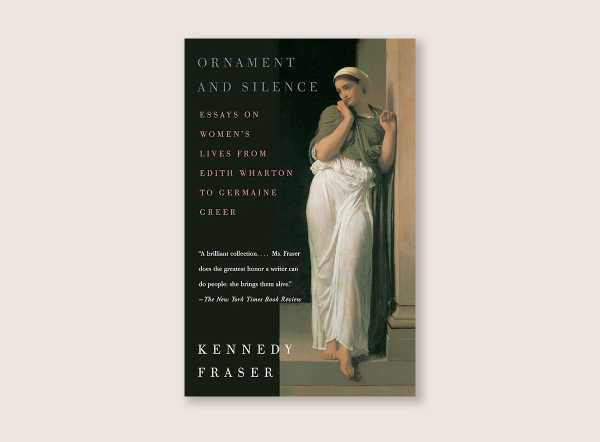
I am not quite sure how Kennedy Fraser’s 1996 essay collection “Ornament and Silence” first made its way into my hands, but it has become one of my most reread books. I return to it every few years, and in the in-between years I give it away; I have replaced my copy four or five times by now, and I always seem to have more than one edition floating around my apartment, depending on when friends decide to return or borrow it. It’s my “take a penny” book. It is also the book I turn to first when I feel like I have forgotten how to write (which is distressingly often, for someone who makes her living at it). Fraser wrote for this magazine for many years—she took on The New Yorker’s fashion beat in the seventies and eighties and then turned to writing sweeping profiles and essays about women who lived complex and complicated lives. Fraser’s fashion writing is full of color and curiosity, mischief and meticulous detail. Her 1983 Profile of the Japanese designer Issey Miyake, who died this August, has one of my favorite opening lines of all time: “It had been one of those New York days when the Hudson River gives off the smell of Maxwell House and sea.” This fall, I found myself flipping through “Ornament and Silence” nearly weekly, after I felt my brain struggling to crawl out from underneath a heavy haze of post-COVID fogginess. There are certain writers whose sentences snap you back to life by making your mind overheat with envy—Why can’t I write like this?—and Fraser, with her beautiful adjectives and popping syntax, always pushes me to want to do better. The essay in the collection that I reread most often is “Going On,” a profile she wrote about the Russian writer Nina Berberova when Berberova was ninety-one years old. It is a remarkable chronicle of an uncompromising life, but also a sombre meditation on aging; I just love Fraser’s descriptions. Of Berberova, she writes, “there was something almost talismanic about her femininity.” She writes that the “bookcase containing Nina’s works is a yeasty, organic business.” A yeasty bookcase! Only Fraser would think of that sentence. I keep rereading the book to try to divine her formula, but it still feels like magic to me. —Rachel Syme
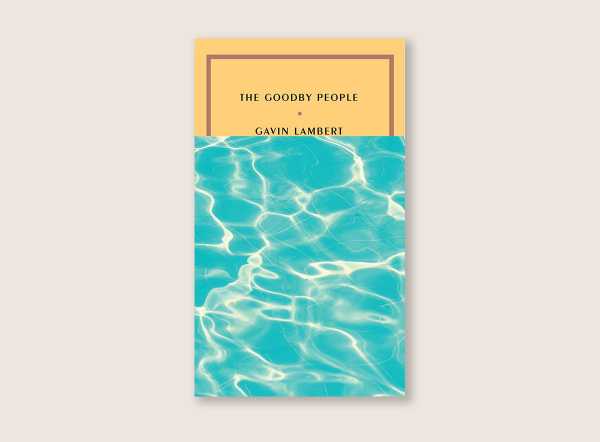
Anyone who knows me knows not only that I love Los Angeles but that I also love reading about Los Angeles, particularly about the city’s lambent surface and darker underside. (That old chestnut!) I’ve gone through many of the more or less predictable offerings of the genre—Eve Babitz’s “Eve’s Hollywood,” Joan Didion’s “Play It as It Lays,” Bret Easton Ellis’s “Less Than Zero,” Dorothy B. Hughes’s “In a Lonely Place,” Julia Phillips’s “You’ll Never Eat Lunch in This Town Again,” Danny Sugerman’s “Wonderland Avenue”—and so my main feelings as I recently tore into Gavin Lambert’s “The Goodby People,” from 1971, were surprise that no one had ever recommended this jewel of an L.A. novel to me, along with happiness that I had now, at least, finally come across it. (For this I must thank the newish, and very good, McNally Editions imprint, which reissued the book earlier this year.) Lambert was a British screenwriter who arrived in Hollywood in the fifties to work with the director Nicholas Ray (who was also, at one point, his lover). Until his death in Los Angeles, in 2005, Lambert wrote many screenplays, several biographies (including one of his close friend Natalie Wood), and five novels, among them “The Goodby People,” which is made up of three interlocking, longish stories, to which a nameless Lambert-like screenwriter serves as narrator, taking readers through the salons and squats of late-nineteen-sixties L.A. The book’s protagonists—a youngish, wealthy widow whose powerful producer husband has recently died, a hot bisexual hustler dodging the Vietnam draft, a runaway who pursues a perceived mystical connection to an older, has-been actress—are all wandering half-unseeingly through a world teetering between Old Hollywood grandness and freaked-out bohemianism. Lambert’s tone is detached but gentle, casual without being unfeeling. “When it was all over, I felt a mixture of relief and let-down,” the narrator reports, of an oceanside hippie rock festival. “The violence of the ritual subsided to an aimless drifting away. On many faces seemed to be written the question, Where can we go now?” —Naomi Fry
In September, my partner and I were tasked with finding a poem to recite at his brother’s wedding. The timing of the ceremony—the couple, M. and J., were approaching ten years together—had a sweetly paradoxical quality, at once sudden and belated. A phrase appeared in my brain: “precipitate and pragmatical.” It belonged to a poem called “The Shampoo,” by Elizabeth Bishop:
The still explosions on the rocks,
the lichens, grow
by spreading, gray, concentric shocks.
They have arranged
to meet the rings around the moon, although
within our memories they have not changed.
And since the heavens will attend
as long on us,
you’ve been, dear friend,
precipitate and pragmatical;
and look what happens. For Time is
nothing if not amenable.
The shooting stars in your black hair
in bright formation
are flocking where,
so straight, so soon?
—Come, let me wash it in this big tin basin,
battered and shiny like the moon.
Published in 1955, “The Shampoo” was likely a love poem for Lota de Macedo Soares, Bishop’s partner. I’ve always heard something deeply intimate (and queer) in its subtle slanted rhymes. The poem feels at peace: the concentric circles of lichen suggest harmony and eternity—rings of moonlight, perhaps, or sound waves spreading out from that big echoey basin. The unresolved question (why are the meteors rushing away, and to where?) is the sole source of tension.
Like love, and people’s lives, shooting stars are ephemeral. But the speaker’s command (“Come”) is a salve—she promises to care for her lover despite the batteries of age. A few years back, my partner and I had gone with M. and J. to Japan, where we’d visited several onsen, or hot springs. When I reread “The Shampoo,” it was as if I’d slipped back into one of those amenable baths. In the comfort of the water was the comfort of dissolving things. —Katy Waldman
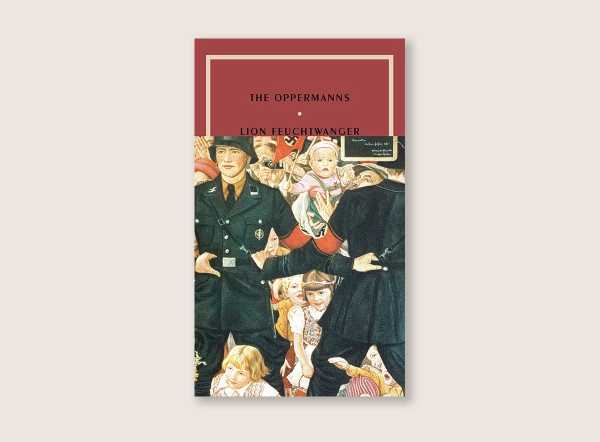
“It’s astounding how easily everything collapses,” Victor Klemperer wrote in his diary on March 10, 1933, as he observed the dismantling of the Weimar Republic and the imposition of Nazi dictatorship. Lion Feuchtwanger’s methodically harrowing novel “The Oppermanns,” published in late 1933, recounts that collapse from the perspective of a well-to-do German Jewish family. At the outset, Gustav Oppermann, the blasé intellectual of the clan, is celebrating his fiftieth birthday. Gazing at the woods around his house, he hears, from afar, the strokes of an axe. Feuchtwanger writes, “He liked the sound; the rhythmic blows emphasized the stillness.” The story of the Oppermanns is one of alert people explaining ominous signs away, until, for some of them, it is too late. Nothing is more human than this inability to believe the worst, and Feuchtwanger describes it with a fine mixture of detachment and empathy.
Feuchtwanger, who once rivalled Thomas Mann and Franz Werfel in popularity, has fallen sufficiently out of favor that, in recent years, none of his novels has been in print in this country. McNally Editions has happily brought him back into circulation, reissuing James Cleugh’s English translation of “The Oppermanns” in a version revised by the novelist Joshua Cohen and annotated by the historian Richard Evans. The rendering of Feuchtwanger’s matter-of-fact prose remains clumsy in places, but it honors the grinding power of the narrative. The finest sequences depict the Nazis’ systematic corruption of a Gymnasium, or élite secondary school. Nothing I’ve read this year is as shattering as Feuchtwanger’s evocation, in an abrupt burst of stream-of-consciousness writing, of the last, desperate thoughts of an ostracized Jewish student.
The question that haunts “The Oppermanns” is eternally relevant: what kind of resistance is possible against ruthless power? Gustav turns from complacency to a form of activism that even members of the underground tell him is foolhardy. In the end, he worries that his gestures have been useless. Feuchtwanger is too strong a writer to give a blandly reassuring answer. But the implication of the final pages is clear: in the great theatre of history, useless gestures count. —Alex Ross
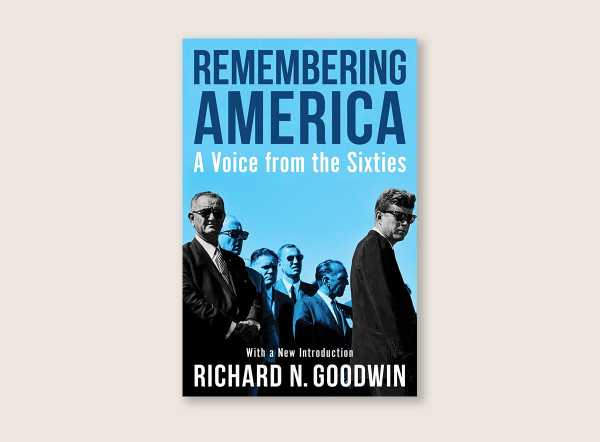
Suffering an end-of-days feeling about the future of American democracy last winter, I read a book that I had never looked at, and that I had, in fact, completely forgotten about, Richard Goodwin’s memoir, “Remembering America.” It made me feel a tiny bit better, because Goodwin thought the country had gone to hell back in 1988, and we know that we survived at least another thirty-some years. Maybe we’ll be lucky again. Goodwin is the Goodwin of Doris Kearns Goodwin, but, before they married, in 1975, he worked in the White House for John F. Kennedy and Lyndon Johnson as a speechwriter and political adviser, particularly, under J.F.K., on Latin American affairs. Goodwin was a true New Frontiersman, a Kennedy idealist. He stayed on after the assassination, writing some of L.B.J.’s most famous speeches, including his address to a joint session of Congress in March of 1965, two weeks after Bloody Sunday in Selma—the “we shall overcome” speech.
Six months later, after Johnson sent the marines to South Vietnam, Goodwin resigned. He became a confidant of Johnson’s enemy Robert Kennedy, but, in 1968, R.F.K., too, was killed, and Goodwin left politics. He was entitled to feel that the dreams of his heroes had been traduced by their successors, Johnson and Richard Nixon. There’s actually a lot more to the Richard Goodwin story than this. As a youthful lawyer-investigator, for example, he broke the story of the quiz-show scandals (and was nauseated by the way the network big cheeses managed to duck responsibility). For ten years, he was on top of the world. And then, as it does for all of us, the world turned. —Louis Menand

“It Can’t Happen Here,” Sinclair Lewis’s satirical novel about an American demagogue turned dictator, was a best-seller when it was first published, in 1935. In 2017, on the day of Donald Trump’s Inauguration, Penguin Modern Classics put out a new edition, and it became a best-seller again. Even so, it’s the kind of book, like “Conflict is Not Abuse” or “Bowling Alone,” that is invoked more often as a title than as a text—you hear the phrase and assume, fairly or unfairly, that you can get the gist without having to crack the cover. (I don’t think it spoils too much to say that the “it” is American fascism and the “can’t” is ironic.) This year, reading it for the first time, I found it to be a weirder, shaggier book than I’d expected: sometimes undercooked; sometimes prescient; often hilarious, almost always intentionally so. (When it came out, Malcolm Cowley called it “not much of a novel”; Clifton Fadiman, in this magazine, called it “one of the most important books ever produced in this country”; it’s possible that they were both right.) The subject matter is grim, but the tone is motley and irreverent, veering from maudlin realism to campy notes on the camps. There are secondary characters named Effingham Swan, Senator Porkwood, the Honorable Perley Beecroft, and Dr. Hector Macgoblin. The fictional demagogue (modelled on Huey Long, the real demagogue from Louisiana, who probably would have run for President, against F.D.R., had he not been assassinated) is named Berzelius Windrip—Buzz for short.
Who could be expected to take any of this seriously? And yet Windrip’s fifteen-point platform, a mashup of Herrenvolk populism and Trojan-horse totalitarianism, does, in places, still sound eerily familiar; the snippets from his campaign memoir, “Zero Hour,” nail the timeless art of blank-slate faux-folksiness; and, when Windrip holds a rally at Madison Square Garden, and a gang of pro-Windrip militants work themselves into a frenzy and start beating up passersby on Eighth Avenue, the scene comes as close to evoking the queasy feeling of a Proud Boys brawl as anything I’ve read. The novel’s protagonist is Doremus Jessup, a crotchety journalist with a heart of a gold (and a thinly veiled stand-in for Lewis), who laments “that eternal enemy: the conservative manipulators of privilege who damn as ‘dangerous agitators’ any man who menaces their fortunes; who jump in their chairs at the sting of a gnat like Debs, and blandly swallow a camel like Windrip.” Not the most refined polemicizing, maybe, but sometimes unsubtle times call for unsubtle prose. —Andrew Marantz
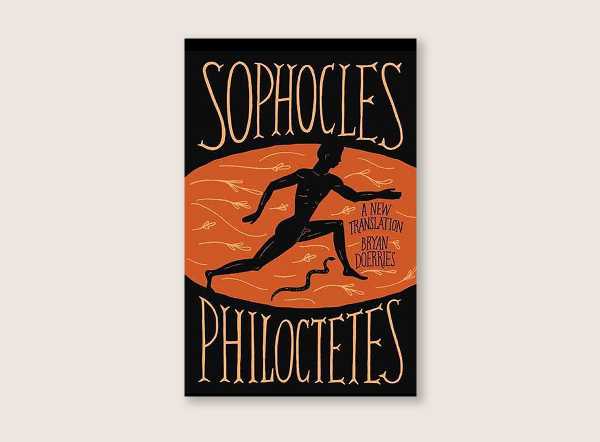
Teaching insures a certain amount of rereading. (Semesters come and go, but a syllabus is forever.) So, in the last few years, I have read Sophocles’ “Philoctetes” probably a half dozen times, in preparing for class, in re-preparing for class, and the play keeps . . . sort of sliding around in my mind. Philoctetes is abandoned on a deserted island by his fellow-Greeks because of a terrible wound—the other warriors can’t stand his screaming and disgusting smell—and then, after a long, desperate period alone, he’s suddenly reclaimed. There’s so much in “Philoctetes” that changes as your own reading body ages and grows more afraid. To read it is to think about illness, endurance, the way we sequester our sick, and the gift (or the lie) of a secret blessing.
My class was reading “Philoctetes” when my students were sent home in March of 2020, and I remember the sense that there was a kind of promise in the play. Just like the exile on Lemnos, pandemic isolation would also pass, and, at the end, our coming back together and our cure would surely be the same thing. This year, though, “Philoctetes” hasn’t been quite so comforting. We aren’t healed, though we pretend we are. (Wound? What wound?) I also remember when we were all on our little desert islands, swearing that when we left them we would make a different world. But Sophocles knew that’s not the way it works. Once Philoctetes gets back into the swing in the Trojan War, he and his new friend Neoptolemus do terrible things, and his strange, god-touched, feral decade is swiftly forgotten. Who remembers 2021? As I feel it being abraded out of my memory, I read “Philoctetes” again and picture its rocky, desolate shore. —Helen Shaw
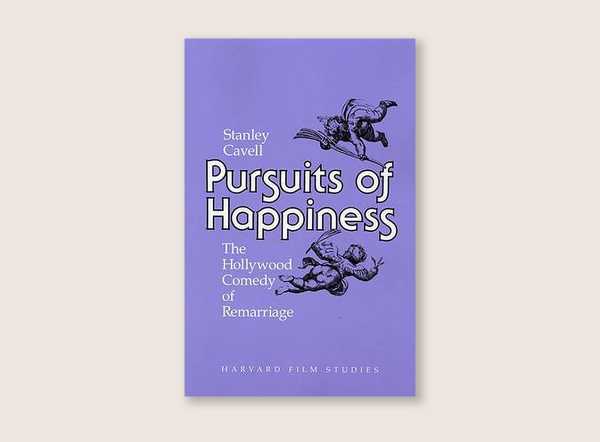
This spring, I was asked to write an essay about screwball comedy, which, as I remarked to my editor, is my default genre for making sense of most sexual and intellectual interactions between men and women. I started by rereading Stanley Cavell’s classic study “Pursuits of Happiness: The Hollywood Comedy of Remarriage” in the following manner. Each evening, for a week, after putting my children to bed, I would watch one film—almost all are ninety minutes, which is the ideal length for me, as I cannot stay awake for longer—then read the chapter on it. It was the most delightful week of my life, filled with the unfairly beautiful, outrageously charming leading ladies of “The Lady Eve,” “It Happened One Night,” “Bringing Up Baby,” “The Philadelphia Story,” “His Girl Friday,” “Adam’s Rib,” “The Awful Truth”—and their men. I feel justified in slighting the men, because Cavell’s reading of the genre centers the women and their wisecracking, fast-talking, romantic antics; they both threaten the couple’s intimacy and negotiate the utopian terms by which it can endure. “Something evidently internal to the task of marriage causes trouble in paradise—as if marriage, which was to be a ratification, is itself in need of ratification,” Cavell writes. “So, marriage has its disappointment—call this its impotence to domesticate sexuality without discouraging it, or its stupidity in the face of the riddle of intimacy, which repels where it attracts, or in the face of the puzzle of ecstasy, which is violent while it is tender, as if the leopard should lie down with the lamb.”
Comedy’s strange brew of violence and tenderness offers one solution to the riddle of marriage’s disappointment. I am thinking of Henry Fonda holding Barbara Stanwyck’s foot (was there ever a more beautiful foot in the history of feet?) while he talks about how much he dislikes beer, a scene that is at once perfectly, hilariously chaste and unbearably sexy; of the lilting, exasperated voice in which Katharine Hepburn exclaims “David!” in “Bringing Up Baby,” and of the sinking I felt in my stomach when she chose Cary Grant’s character in “The Philadelphia Story” over the brusque but sweet reporter played by Jimmy Stewart; of the cuckoo clock, with the miniatures of Grant and Irene Dunne, whose chimes mark the reconciliation of the couple at the end of “The Awful Truth.” And I am thinking of how much each of these cries or gestures is made to mean when described for us in Cavell’s idiosyncratic style, the passionate utterances by which a critic converts what gives him pleasure into what gives his reader pleasure. I never got around to writing the essay; life got in the way. But I am always thinking of leopards and lambs, the secret of durable marriages, and the refuge of laughter. —Merve Emre
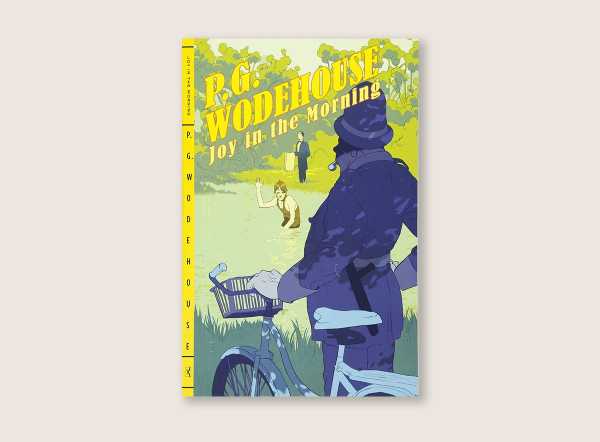
It has never been more important to understand the times we are living in, menaced as they are by cruelty, stupidity, and mendacity. For that reason, I have returned to an important book released in 1946, right after the defeat of fascism. My choice of reread, one hopes, can serve as a useful guide to our own era’s troubles and . . . never mind. P. G. Wodehouse’s “Joy in the Morning,” written largely in 1940 and completed in the ensuing years, is his most underrated novel, and arguably his best. (Robert McCrum, his biographer, reports that it is “thought by a fervent minority to be his masterpiece.”) I went back to it this year to see whether it had lost any of its shine.
It had not. Like Jeeves, in fact, it still shimmered. The happenings at the magnificently named—and magnificently spelled!—Steeple Bumpleigh must rank with even “The Code of the Woosters” and “Right Ho, Jeeves” as the finest writing of Wodehouse’s long (perhaps too long), graphomaniacal career. (“Woosters,” released in 1938, is the novel that features his brilliant sendup of fascism.) “Joy” might even be the best place for a Wodehouse novice to start—Wodehouse wrote to an editor, upon finishing it, and rather racily for him, that “My Art is flourishing like the family of an Australian rabbit”—and it is certainly to S. Bumpleigh (as he might have called it) that Wodehouse fans should go for a reread. It also includes one of Wodehouse’s best, most irresistible openings, which showcases his ability to write a long, winding sentence that never loses the reader:
After the thing was all over, when peril had ceased to loom and happy endings had been distributed in heaping handfuls and we were driving home with our hats on the side of our heads, having shaken the dust of Steeple Bumpleigh from our tyres, I confessed to Jeeves that there had been moments during the recent proceedings when Bertram Wooster, though no weakling, had come very near to despair.
‘Within a toucher, Jeeves.’
‘Unquestionably affairs had developed a certain menacing trend, sir.’
—Isaac Chotiner
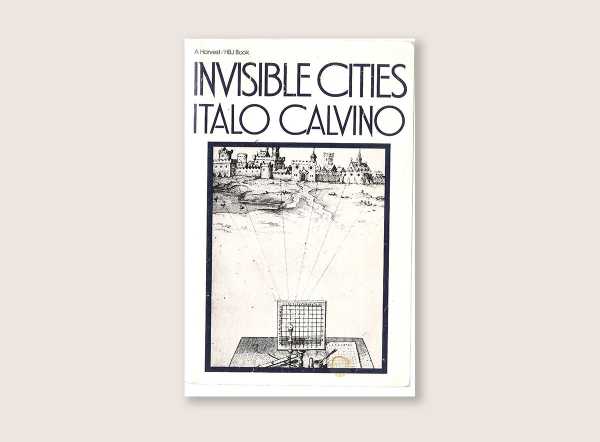
Italo Calvino’s slender, uncategorizable novel “Invisible Cities” isn’t the most obvious source of spiritual guidance. I first read about it in Jeffrey Eugenides’s “The Marriage Plot,” where it’s played for laughs in a campus satire about insufferable liberal-arts majors. The book takes the form of an imagined conversation between Marco Polo and Kublai Khan, who has summoned the Venetian explorer to describe his limitless and waning empire. He responds with an atlas of Escher-like vignettes that would confound any urbanist, describing everything from a city that looks different depending on whether you arrive by land or by sea to a spider-web metropolis of catwalks suspended over the void, where life is more certain because its inhabitants “know the net will last only so long.” The delight of the novel isn’t just its inventiveness—Calvino’s acrobatic ability to weave worlds from a few sparse threads of language—but also its vision of a reality too complex for the Khan’s completionist ambitions.
I keep the book close to my desk. Sometimes I read a random city for inspiration, like a tarot card or a takeout fortune. The passage I return to most, though, comes at the very end, when the despairing emperor—who sounds like a lot of us these days—asks Polo why he should bother with so many far-off cities when history’s current is drawing them all into the same inferno. The explorer’s reply is a defense of caring for the particular, and one of the best retorts to cynicism I know: “The inferno of the living is not something that will be; if there is one, it is what is already here, the inferno where we live every day, that we form by being together. There are two ways to escape suffering it. The first is easy for many: accept the inferno and become such a part of it that you can no longer see it. The second is risky and demands constant vigilance and apprehension: seek and learn to recognize who and what, in the midst of the inferno, are not inferno, then make them endure, give them space.” —Julian Lucas ♦
Sourse: newyorker.com






